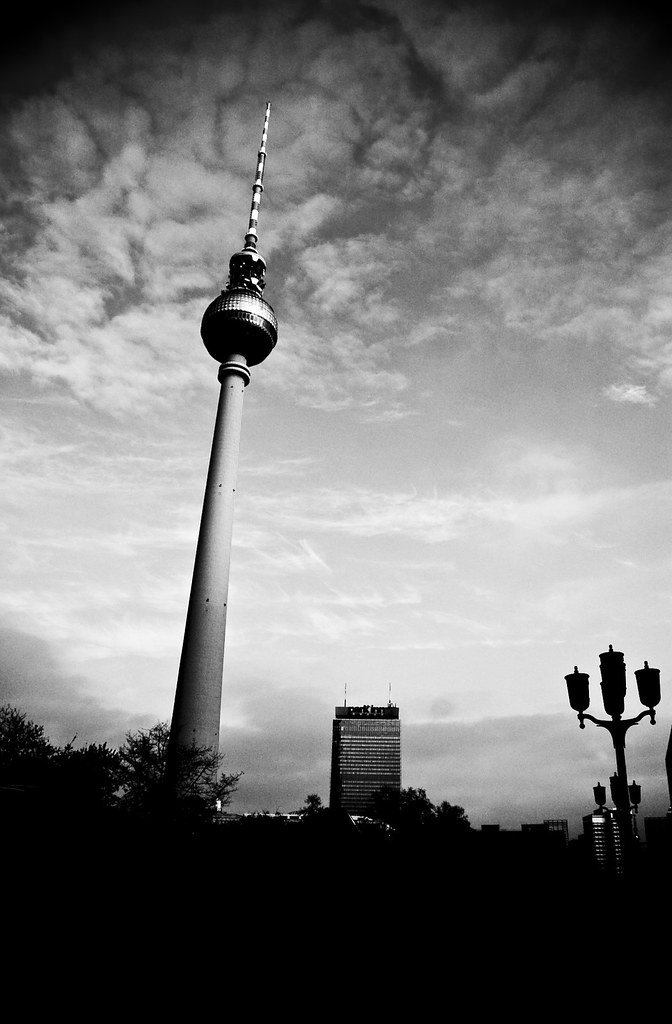A local tradition becomes a global phenomenon: as lovers around the world ‘lock’ their passion on bridges across the world, Stephanie Viktoria Schmitt investigates the roots of this trend and its growing popularity in Germany.
Tradition or Trend
Lovers vowing eternal love and togetherness appear to have found an innovative expression: artfully carved padlocks have begun to spring upon lantern posts, metal ornaments, and most of all bridges – in places as varied as China, Europe and the USA.
The idea of engraving the beloved’s name on a lock, placing it in a public place, the eternal gesture of throwing the key into the swirling river underneath to seal the bond of love is a true romanticists’ dream and is finding resonance across the world. According to Mirko Uhlig of the Rhineland Institute who is quoted in the Sueddeutsche Zeitung, the bridge carries strong symbolism as it connects two shores separated by a river.
The tradition can be traced back to East European countries such as Ukraine, Latvia and Russia where cotton ribbons tied to bridges served as symbols for newlyweds who were starting their future together. The ribbons were then what the more enduring padlocks appear to be nowadays. Beginning in the early 1990’s the ritual of lovers attaching padlocks and then throwing the key into the river or valley started to establish itself in Italy and China. In recent years Federico Moccia’s bestselling novel Ho voglia di te (I desire you) boosted the trend in Rome as the tradition of Luccetti d’Amore (lovelocks) was emulated by the lead protagonists of the novel by locking their love on Ponte Milvio.
Though the ritual itself is not new in Italy, the novels of Moccia did their bit in pushing the little pedestrian bridge into the spotlight. Every year on Valentine’s Day the city awards the best love oath with the Golden padlock – a major attraction for tourists.
Now these lovelocks can be found in places as varied as bridges in the USA to the Great Wall of China and Japan.
Over the river Rhine
Over the river Rhine
Germany too has not remained untouched by this phenomenon. The past few years have seen more than three hundreds locks appear along the lattice fence of the Hohenzollern Bridge in Cologne – one of the main bridges in the city center connecting the two sides of the city divided by the Rhine. The gothic Kölner Dom famous for its majestic appearance presides over the locks. Close by is the Railway station. A train passenger beams that he just loves the fact that he passes by his lovelock every day while commuting to work.
 |
| Hohenzollern Bridge with the Kölner Dom overlooking the padlocks of Love |
The Burden of the Oath
Yet while the trend may be inspiring lovers and artists alike, they’re posing a rather difficult problem for city administrations. The bridges and lantern posts carry heavy the reality of the message whose notion is as light as a sunny spring day. As stated 2007 in Sueddeutsche Zeitung, the Roman city council considered removing all the padlocks from the Ponte Milvio, as the stability of the lantern posts were in question. In Cologne the German railway officials threatened the removal of lovelocks due to security concerns. An uproar by supporters led by local tabloids caused them to step back but with the caveat that they do not endanger pedestrians, cyclists or the trains passing the Hohenzollern Bridge. The lattice fences in Moscow, Guam, Seoul, Kiev, Paris and Montevideo all carry the love oaths of millions – a heavy duty indeed.
 |
| Butterfly-shaped oath of Love |
Give me your Heart
So lovers around the world seem to find common ground in this ritual either on their wedding day or whenever they feel the need to vow eternal togetherness. But how do traditions like this travel around? Intensive travelers and the media play their role in spreading the word and create a platform for copycats – is that the answer? Curiously the ritual started in the late 20th century in Italy as well as in China simultaneously according to expert statements in the Sueddeutsche. Academics and researchers at the Rhineland Institute for regional and cultural studies in Bonn have only just begun investigating this phenomenon. The path through which this tradition walked onto the Hohenzollern Bridge in Cologne - or for that matter any other bridge - is still a mystery.
Video: Cologne Love Locks











